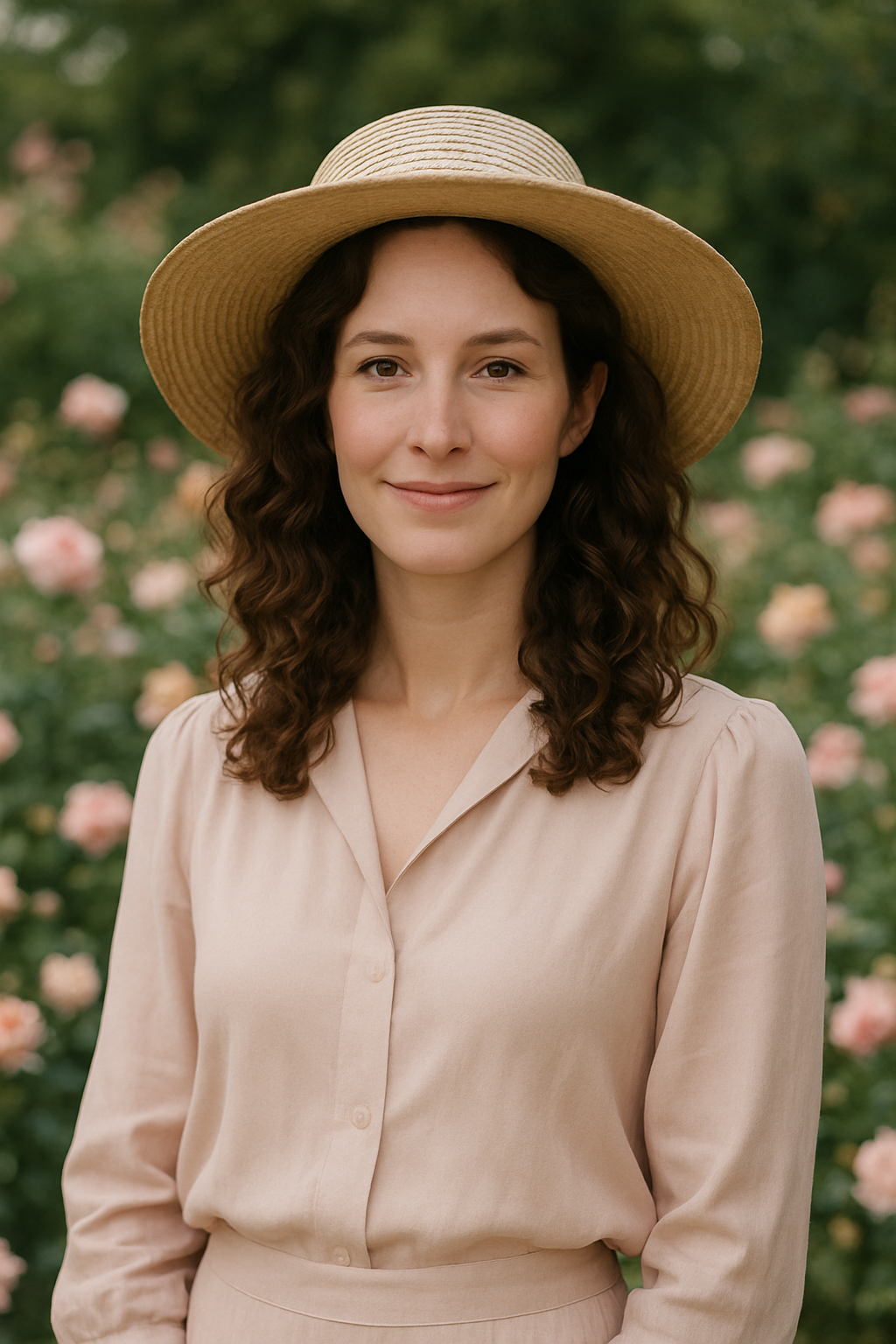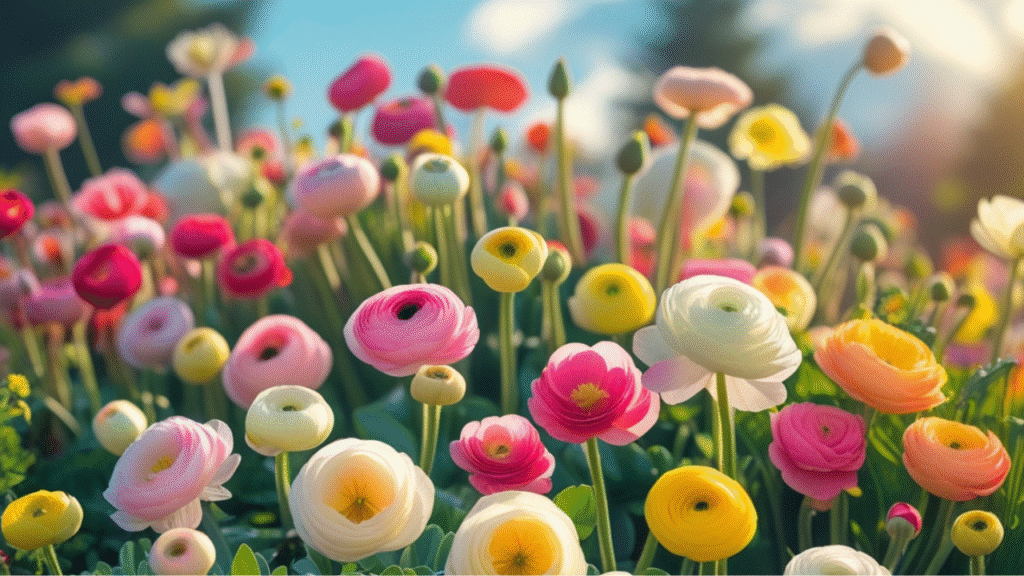
Every spring, when the last traces of frost melt away and the garden stretches awake from its slumber, my heart turns to ranunculus. These exquisite, rose-like blooms—so full, so layered, so impossibly perfect—never fail to take my breath away. I still remember the first time I planted a tray of pre-sprouted ranunculus corms. My hands were muddy, my back ached from crouching, and yet, when those vibrant blooms began to unfurl, I cried. Yes, cried—because gardening, at its best, touches your soul.
If you’re just beginning your flower garden journey, I want you to know this: you don’t need years of experience or fancy tools to grow ranunculus. You just need patience, a bit of know-how, and the belief that beauty is worth nurturing. In this ranunculus growing guide, I’ll walk you through everything—step by step—just like I would if we were sipping tea on my back porch. Let’s grow something beautiful together.
Why Grow Ranunculus?
The Allure of Ranunculus Blooms

Ranunculus blooms are like nature’s version of a watercolor painting—delicate, detailed, and layered in soft, romantic shades. Each flower head can have more than 100 papery petals, unfolding in tight spirals that seem to glow from within. Unlike many cut flowers, ranunculus last incredibly long in a vase—often 7 to 10 days, sometimes more with proper care. For me, their beauty is a kind of therapy: peaceful, meditative, and deeply rewarding.
If you’re someone who finds joy in the little things—a perfectly shaped petal, a morning bloom—then ranunculus will be your kindred flower.
Ideal for Bouquets, Gardens, and Containers
Ranunculus are versatile darlings. Whether you’re growing them in raised beds, cutting gardens, or simple patio containers, they adapt beautifully. They’re compact, rarely over 12–18 inches tall, and thrive in both formal landscapes and cottage-style garden beds.
Here’s where they shine:
- Bouquets: Long, sturdy stems make them florist favorites.
- Garden beds: Create jaw-dropping color patches in spring.
- Containers: Perfect for porches, balconies, and small spaces.
Ranunculus vs. Other Spring Flowers: Why It Stands Out
While tulips and daffodils may steal early spring’s spotlight, ranunculus has a quiet charm that lingers. Unlike tulips, which often droop after a few days in water, ranunculus keeps its structure and vibrant colors longer. And compared to daffodils, ranunculus offers a broader palette—from blush pinks to fiery oranges and dramatic burgundy.
| Flower | Vase Life | Bloom Shape | Color Variety | Sun Needs |
|---|---|---|---|---|
| Ranunculus | 7–10 days | Multi-layered | Extensive | Full sun |
| Tulip | 3–5 days | Cup-shaped | Moderate | Full sun |
| Daffodil | 5–7 days | Trumpet-shaped | Limited | Full sun |
Understanding Ranunculus: Types, Colors & Growing Habits
Most Popular Ranunculus Varieties for Home Gardeners
Over the years, I’ve experimented with dozens of ranunculus varieties. While all are lovely, some shine brighter for beginners:
- Tecolote: Big, bold blooms in a rainbow of colors; my personal favorite for cut flower production.
- Amandine: Bred for warmer climates; handles heat better and blooms earlier.
- Elegance: Frilly petals in soft pastels—ideal for romantic garden styles.
- Cloni: Italian-bred, often used by florists for weddings.
If you’re planting for the first time, I recommend starting with Tecolote or Amandine—both are forgiving, prolific, and stunning.
Ranunculus Bloom Colors and What They Mean
Ranunculus blooms are a true artist’s palette. Here’s a fun breakdown of what some colors symbolize (great for gifting!):
- Red – Passion and romance
- Pink – Admiration and grace
- White – Purity and new beginnings
- Yellow – Cheerfulness and warmth
- Orange – Joy and enthusiasm
- Purple – Enchantment and creativity
In my own garden, I plant soft blush and cream tones for peaceful arrangements and deep reds and oranges when I want bold drama.
How Ranunculus Grows: Lifecycle and Bloom Time
Ranunculus grows from corms—little claw-like tubers that look a bit like dried octopuses. Unlike seeds, these corms store energy and grow quickly once conditions are right.
Lifecycle at a Glance:
- Pre-sprouting (optional but helpful): Soak and sprout indoors before planting
- Vegetative growth: Leaves and stems begin forming
- Bud formation: Small green buds appear (usually 60–90 days after planting)
- Blooming: Full, glorious flowers open over 4–6 weeks
- Dormancy: After blooming, foliage yellows and dies back—time to dig up corms (if desired)
Bloom Time: Typically late winter to mid-spring, depending on your zone and planting time.
When to Plant Ranunculus for Best Results
Cool vs. Warm Climates: Timing Your Planting
Since ranunculus prefers cool weather, planting too late can shorten its bloom time.
- Cool Climates (Zones 3–7): Plant in early spring after frost danger has passed.
- Warm Climates (Zones 8–11): Plant in fall (October–December) for early spring blooms.
In my Zone 8b garden, I pre-sprout in late October and start seeing flowers by mid-February. Pure magic!
Fall Planting vs. Spring Planting
Here’s how to decide:
- Fall Planting (Zones 8+):
- Longer stems
- Earlier blooms
- Requires frost protection
- Spring Planting (Zones 7 and below):
- Safer from frost
- Slightly shorter stems
- Shorter growing window
If you’re unsure, spring planting is a safer bet for beginners in cooler zones.
Zone-Wise Planting Guide
| USDA Zone | Planting Time | Notes |
|---|---|---|
| 3–6 | Early spring | Start indoors or use tunnels |
| 7 | Late winter/early spring | May need frost cloth |
| 8–9 | Late fall | Pre-sprout and protect from frost |
| 10–11 | Early fall | Can grow all winter with ease |
Ranunculus Blooming Timeline: What to Expect
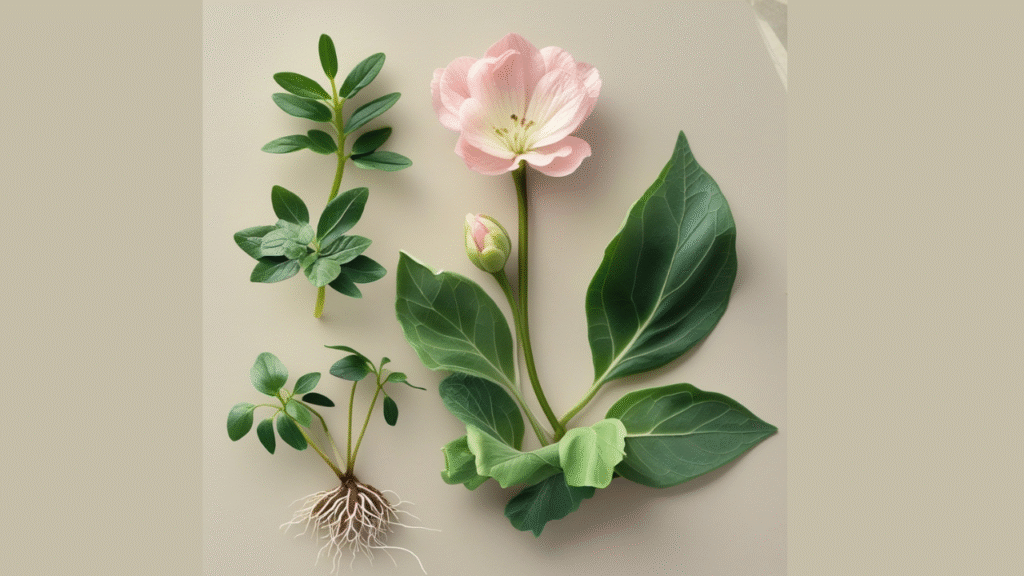
From Planting to Buds: Weekly Growth Stages
- Week 1–2: Roots establish—little visible growth yet
- Week 3–4: Green shoots emerge
- Week 5–6: Foliage fills out with fern-like leaves
- Week 7–9: Buds form at the base of stems
- Week 10–12: Blooms begin opening — the magic begins!
Keep a journal to track changes; every week reveals something new.
When and How Long Do Ranunculus Bloom?
- Bloom begins ~90 days after planting
- Bloom period: 4–6 weeks
- Peak bloom: 2–3 weeks
- More blooms: Regular cutting encourages continuous flowering
In my Zone 8b garden, I enjoy blooms from mid-February to late March.
How to Extend the Blooming Season
- Cut regularly — more cuts = more flowers
- Provide light shade in hot climates
- Stagger planting every 2 weeks
- Feed during bud stage with a liquid bloom booster
Common Problems and How to Fix Them
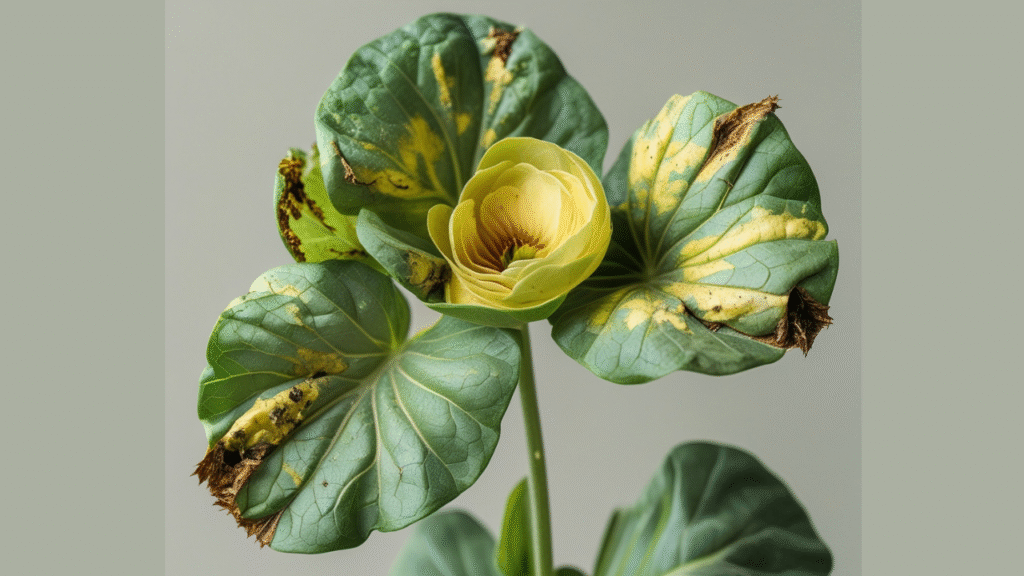
Yellow Leaves, No Blooms, and Other Issues
- Yellow leaves: Likely overwatering or too much nitrogen
- No blooms: Check sunlight and planting depth
- Leggy stems: Usually from low light or excess early fertilizer
Monitor closely during weeks 4–8 when most problems appear.
Preventing Rot, Mold, and Overwatering
- Use well-draining, sandy loam
- Keep soil damp, not wet
- Water early so leaves dry by evening
- Mulch with straw or perlite for airflow
Dealing with Pests
- Aphids: Neem oil or ladybugs
- Thrips: Remove affected blooms, use sticky traps
- Slugs/Snails: Crushed eggshells or copper tape
Scout daily—just 5 minutes can save your blooms.
Harvesting Ranunculus for Long-Lasting Bouquets
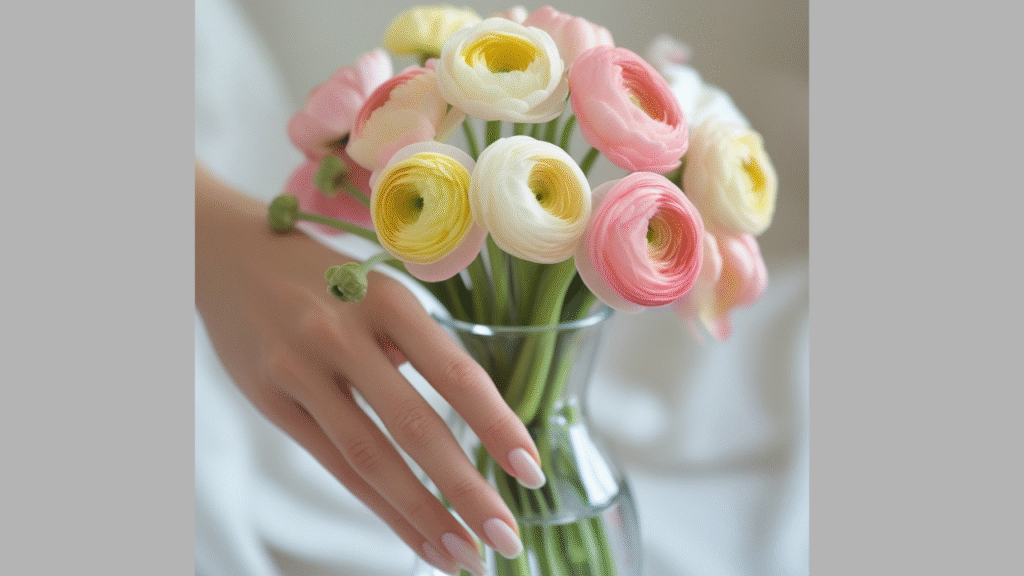
When to Cut for Vase Life
- Cut when buds feel like a marshmallow—tight, but soft
- Avoid cutting fully opened blooms
- Harvest in the cool morning hours
Proper Cutting Tools and Techniques
- Use clean, sharp floral shears
- Cut at a 45° angle
- Remove lower leaves to prevent rot
Keeping Cut Flowers Fresh
- Change water every 2 days
- Keep vase out of direct sunlight and away from fruit
- Use a few drops of bleach or floral preservative
Post-Bloom Care and Overwintering Tips
After Ranunculus Stops Blooming
- Stop watering when foliage yellows
- Let leaves die back naturally
- Dig up corms if rain is expected or storage is needed
How to Store Corms for Next Season
- Lift gently with a fork
- Brush off soil and dry for a few days
- Store in mesh or paper bags in a cool (50–60°F), dry place
- Avoid plastic bags
Can Ranunculus Be Perennial?
- Zones 8–11: Yes, leave in the ground
- Cooler zones: Lift or cover with mulch or tunnels
Bonus Tips from Experienced Growers
Secrets You Won’t Find on the Label
- Pre-sprouting gives a strong head start
- Ranunculus like cool roots and warm tops—mulch helps
- Tight spacing (4–6″) boosts stem length
Common Mistakes for First-Time Growers
- Planting too deep
- Overwatering at planting
- Not staking in windy spots
- Planting too late in spring
Final Thoughts: Growing Ranunculus Is Easier Than You Think
Ranunculus is more than a pretty flower—it’s a journey. Whether you’re growing one pot or a whole field, every bloom is a reward for your care.
Your Next Steps:
- Pick a sunny spot and prep soil
- Choose a variety you love
- Pre-sprout and plant at the right time
- Water, feed, and enjoy every step
Your garden is about to get a whole lot more beautiful.
FAQs: Ranunculus Growing Guide
Q1: Do ranunculus come back every year?
In Zones 8–11, yes. In colder zones, lift and store the corms or treat them as annuals.
Q2: Can I grow ranunculus indoors?
Yes! Use a bright window or grow lights with good drainage and 6+ hours of light.
Q3: How long until ranunculus bloom?
Usually 90 days after planting, depending on climate and whether you pre-sprouted.

